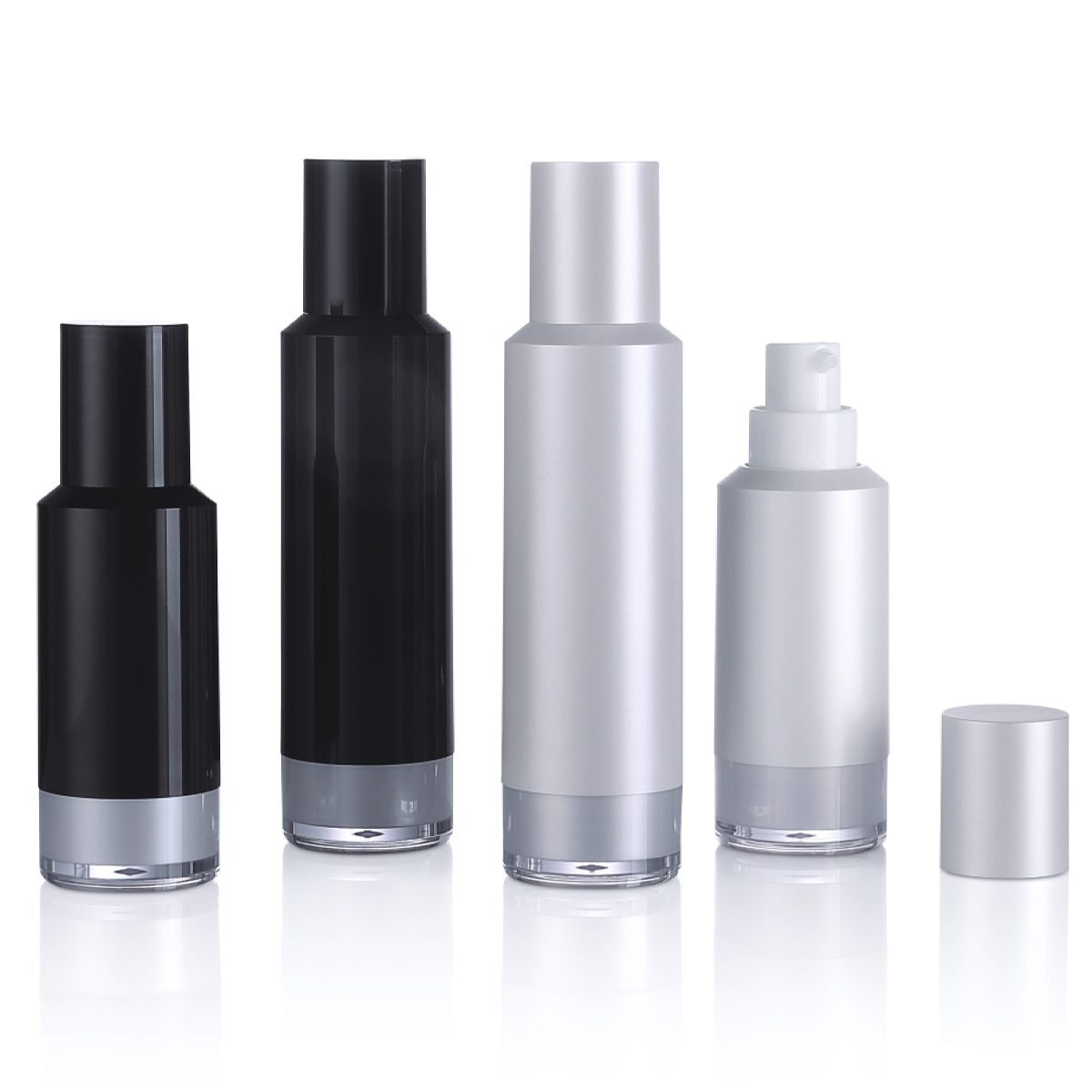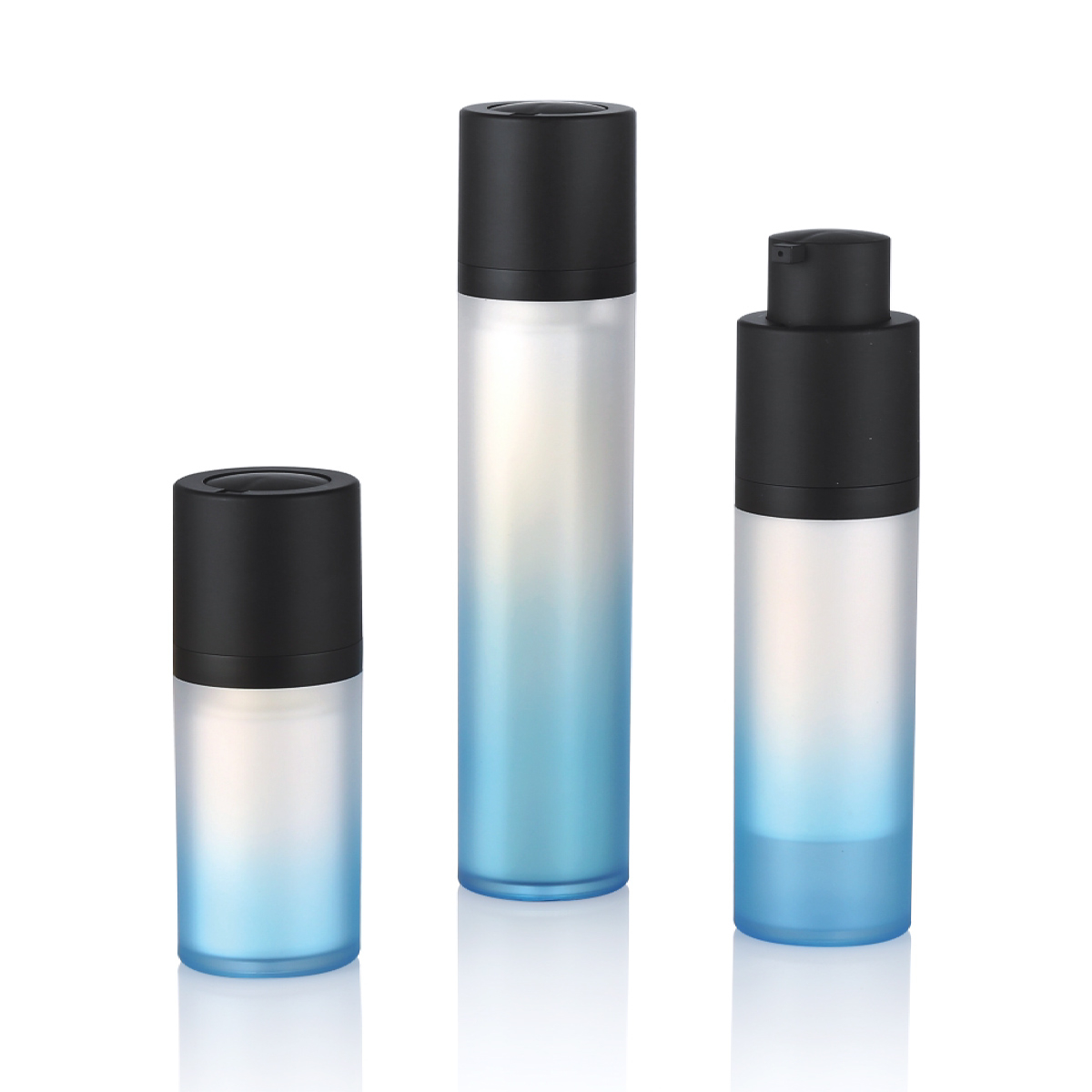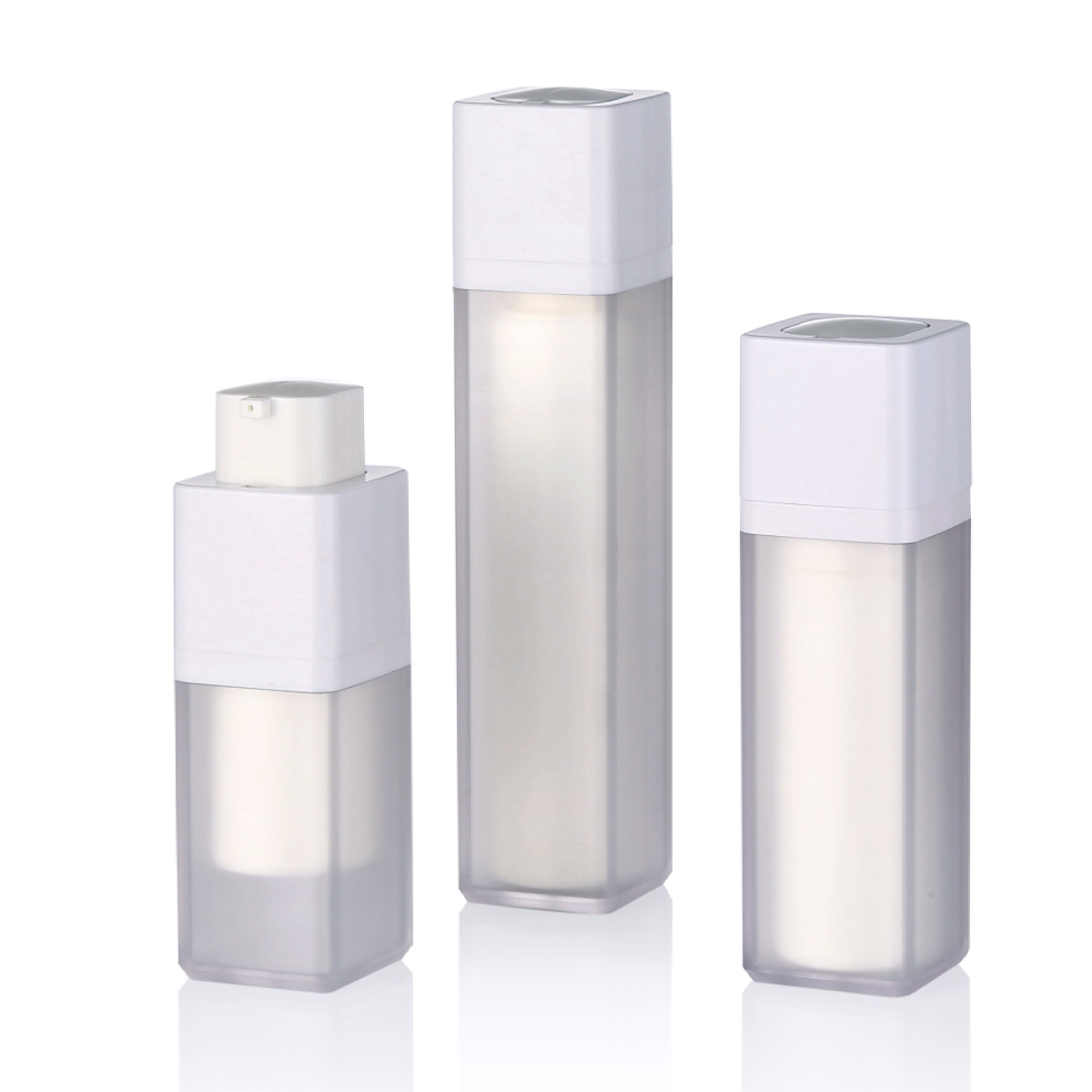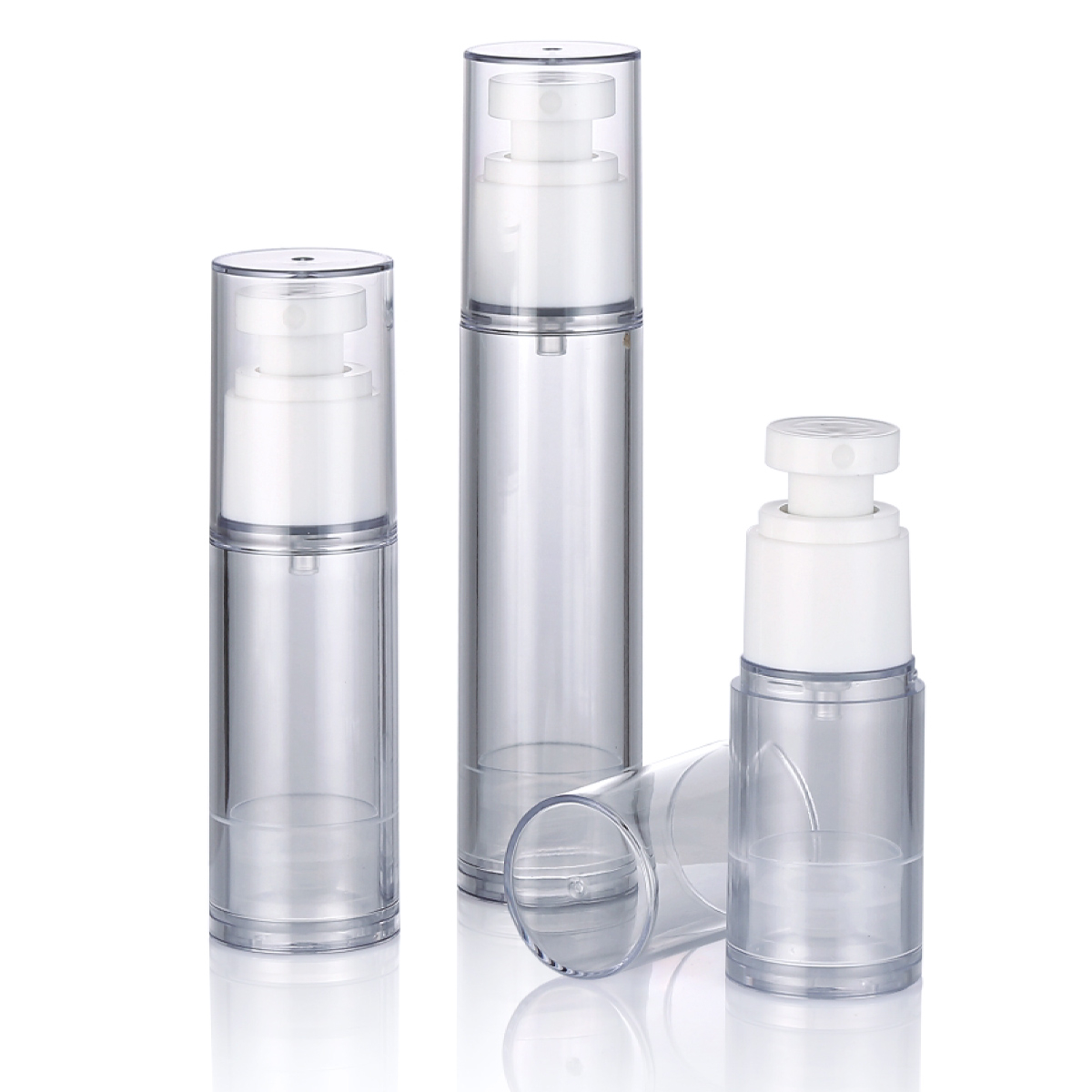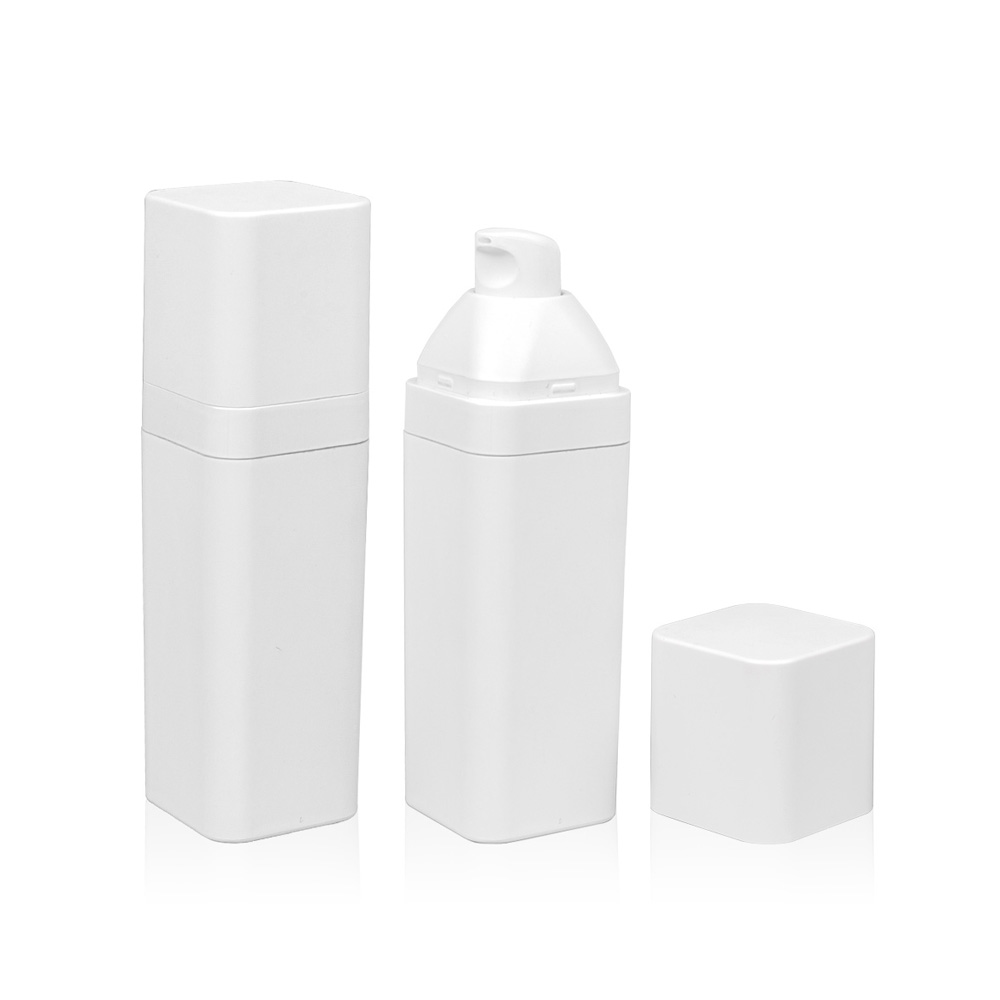In the realms of premium skincare, cosmetics, and pharmaceuticals, packaging is more than just a container; it's a critical component for product preservation and delivery. Among the most advanced solutions is the Airless Bottle. Unlike traditional containers, its core innovation lies not in the bottle itself, but in its dispensing mechanism.
The Core Working Principle
The fundamental principle of an Airless Bottle is the creation of a vacuum to dispense product without allowing air to enter the container. This is achieved through a mechanical, non-pressurized system.
A typical Airless Bottle assembly consists of three key components:
-
The Chamber: The main body of the bottle, which contains the product.
-
The Disc/Piston: A flat platform that sits directly on top of the product inside the chamber.
-
The Pump Mechanism: A spring-loaded or airbag-actuated pump housed in the base of the bottle.
Here is the step-by-step process:
-
Initial State: The bottle is filled with product, and the disc is at the bottom of the chamber.
-
Actuation (First Press): When the user presses the actuator head on top, it engages the pump mechanism. This action does not draw in any air. Instead, it forces a small amount of product up through the dip tube and out of the nozzle.
-
Vacuum Creation: As product is expelled, the volume inside the main chamber decreases. This causes the disc at the bottom to rise incrementally, pushed upwards by the mechanism in the base. This upward movement compensates for the volume of product dispensed.
-
Product Isolation: The rising disc ensures the product is always in contact with a solid surface, eliminating any empty air space. The product is never exposed to the external environment until the moment it is dispensed.
Types of Airless Pump Mechanisms
While the outcome is identical, the method of lifting the piston can vary. The two primary types are:
-
Spring-Based Mechanism: This is the most common type. A coiled spring is located in the base of the bottle. When the actuator is pressed, it compresses this spring. Upon release, the spring expands back to its original shape, providing the upward force that pushes the piston plate to follow the product. Each press compresses and releases the spring, ensuring consistent dosing.
-
Bag-in-Bottle (or Bellows) Mechanism: This system features a flexible, collapsible internal bag (often made of polyethylene) that holds the product. The outer bottle is rigid. When the pump is activated, the pressure change causes the bag to collapse inward, pushing the product upward and out. This mechanism is particularly effective for very sensitive or highly viscous formulations.
Key Applications and Benefits
The Airless Bottle is designed for formulations where protection from air, contamination, and oxidation is paramount.
-
Applications:
-
Skincare: Vitamin C serums, retinoids, peptides, and other antioxidants that degrade upon exposure to oxygen.
-
Cosmetics: Foundations, primers, creams, and serums where hygiene and formula integrity are crucial.
-
Pharmaceuticals: Topical medicated creams and ointments that require sterile, precise dosing.
-
-
Advantages:
-
Product Preservation: Prevents oxidation and degradation of active ingredients, extending shelf life and efficacy.
-
Hygienic Dispensing: Creates a closed system, minimizing the risk of bacterial or external contamination.
-
Reduced Waste: Allows for near-total evacuation of the product (up to 95-98%), minimizing waste compared to jars or bottles where product gets stuck on the walls.
-
Consistent Dosing: Provides a precise and metered amount of product with each use.
-
Non-Pressurized: Unlike aerosol cans, it uses a mechanical system, making it safe for travel and free of propellants.
-
Airless Bottle vs. Traditional Packaging
| Feature | Airless Bottle | Traditional Bottle (with straw) | Jar |
|---|---|---|---|
| Air Exposure | Minimal to none. | High. Air replaces dispensed product. | Very high with each use. |
| Contamination Risk | Very low (closed system). | Moderate (air and potential backflow). | High (direct contact with fingers). |
| Product Preservation | Excellent. Protects sensitive actives. | Poor. Promotes oxidation. | Poor. |
| Product Evacuation | Very high (~95-98%). | Low to moderate. Product remains in bottle. | Low. Product remains on sides and base. |
| Dosing | Consistent and metered. | Often inconsistent (user-dependent). | Inconsistent (user-dependent). |
Frequently Asked Questions (FAQ)
Q: Is an Airless Bottle truly 100% airless?
A: While significantly more effective than alternatives, no system is perfectly 100% airless. A tiny amount of air may be present during the initial filling process. However, during its usable life, the system prevents new air from entering, making it effectively airless for practical purposes.
Q: Can an Airless Bottle be refilled?
A: Most consumer-grade Airless Bottles are not designed to be refilled by the user. Attempting to dismantle and refill them can damage the intricate mechanism and break the sterile seal. They are intended for single use.
Q: Why did my Airless Bottle stop pumping?
A: The most common reason is that the product is finished. If it stops prematurely, it could be due to a clogged nozzle (clean with warm water), an issue with the viscosity of the product being too high for the mechanism, or a mechanical failure of the spring.
Q: Are Airless Bottles recyclable?
A: This depends on local recycling facilities. They are typically made from multiple materials (e.g., PP, PE, PET, springs), which may need to be separated for proper recycling. It is best to check with your local municipal recycling guidelines.
In conclusion, the Airless Bottle represents a significant advancement in packaging technology. Its clever mechanical principle of using a vacuum and a rising piston provides unparalleled protection for valuable and sensitive formulations, ensuring that the user receives the product in its intended, most potent state.

 English
English 中文简体
中文简体 Español
Español عربى
عربى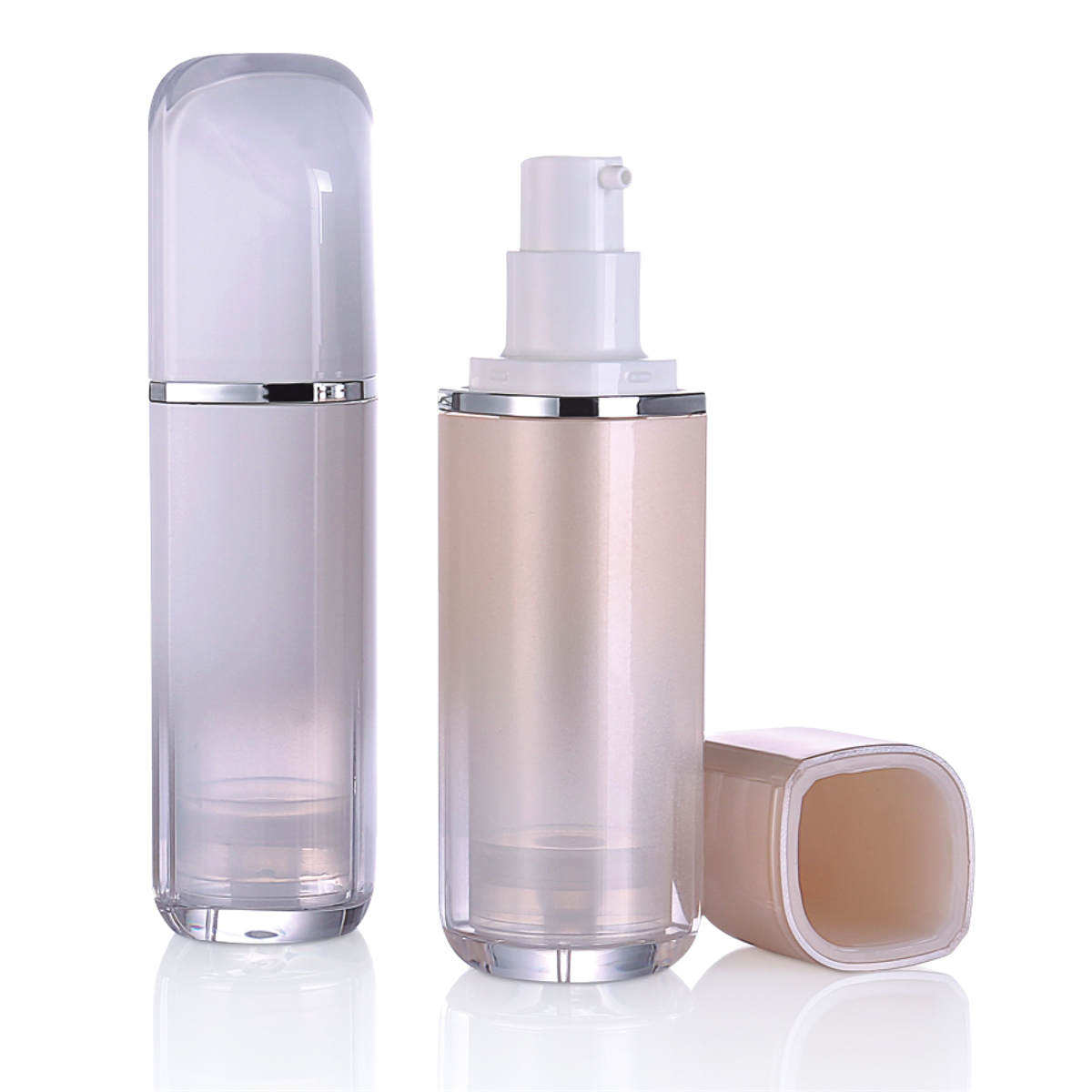
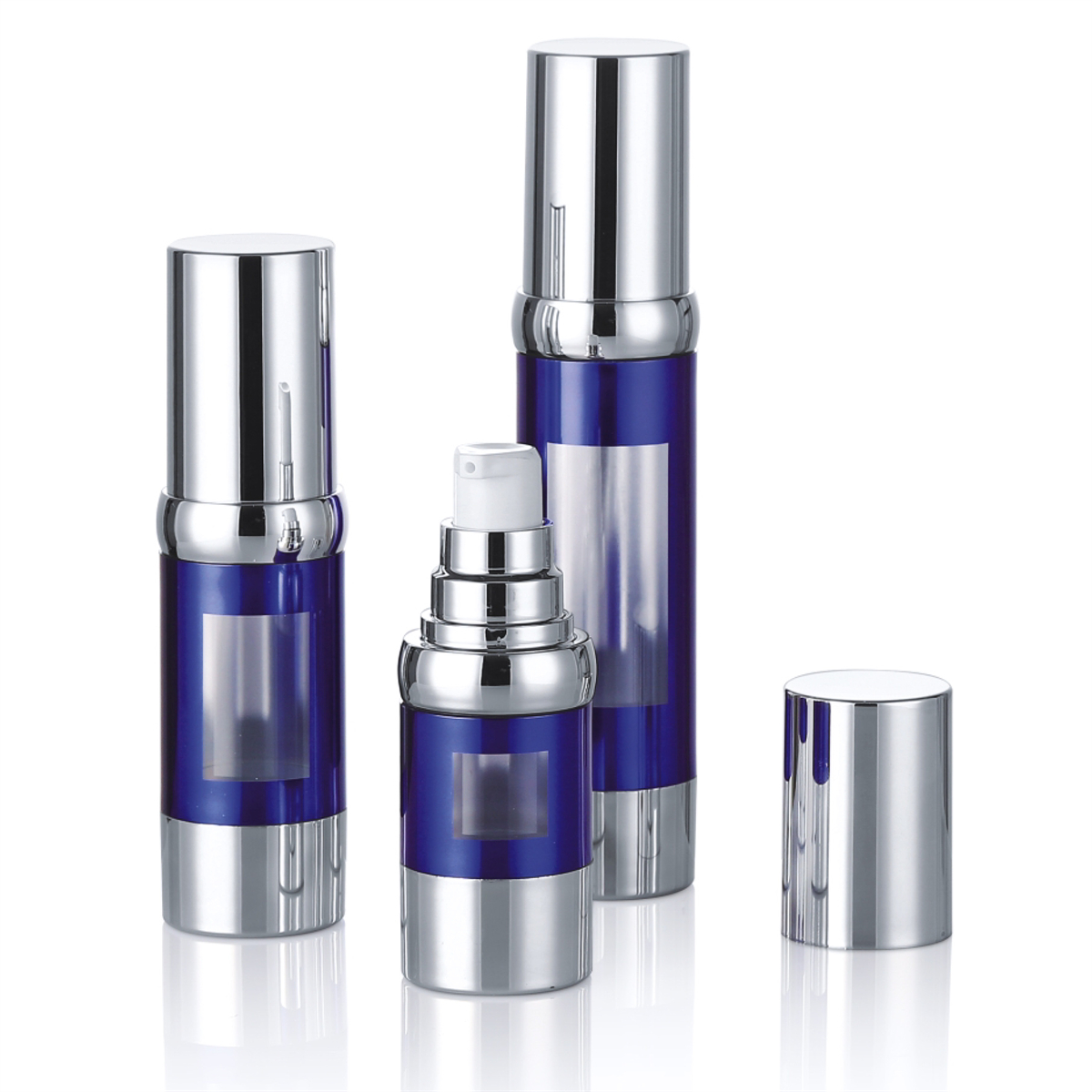
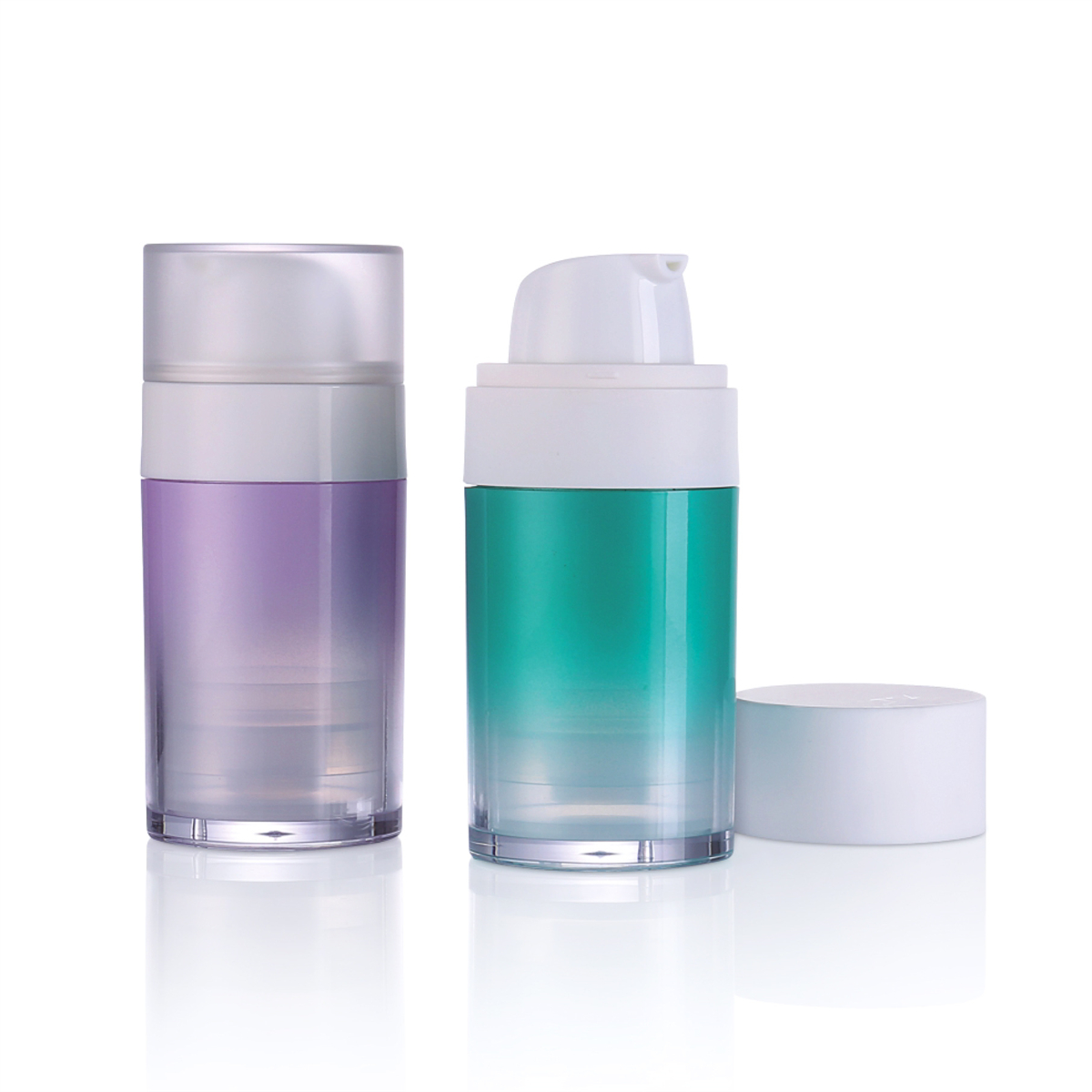
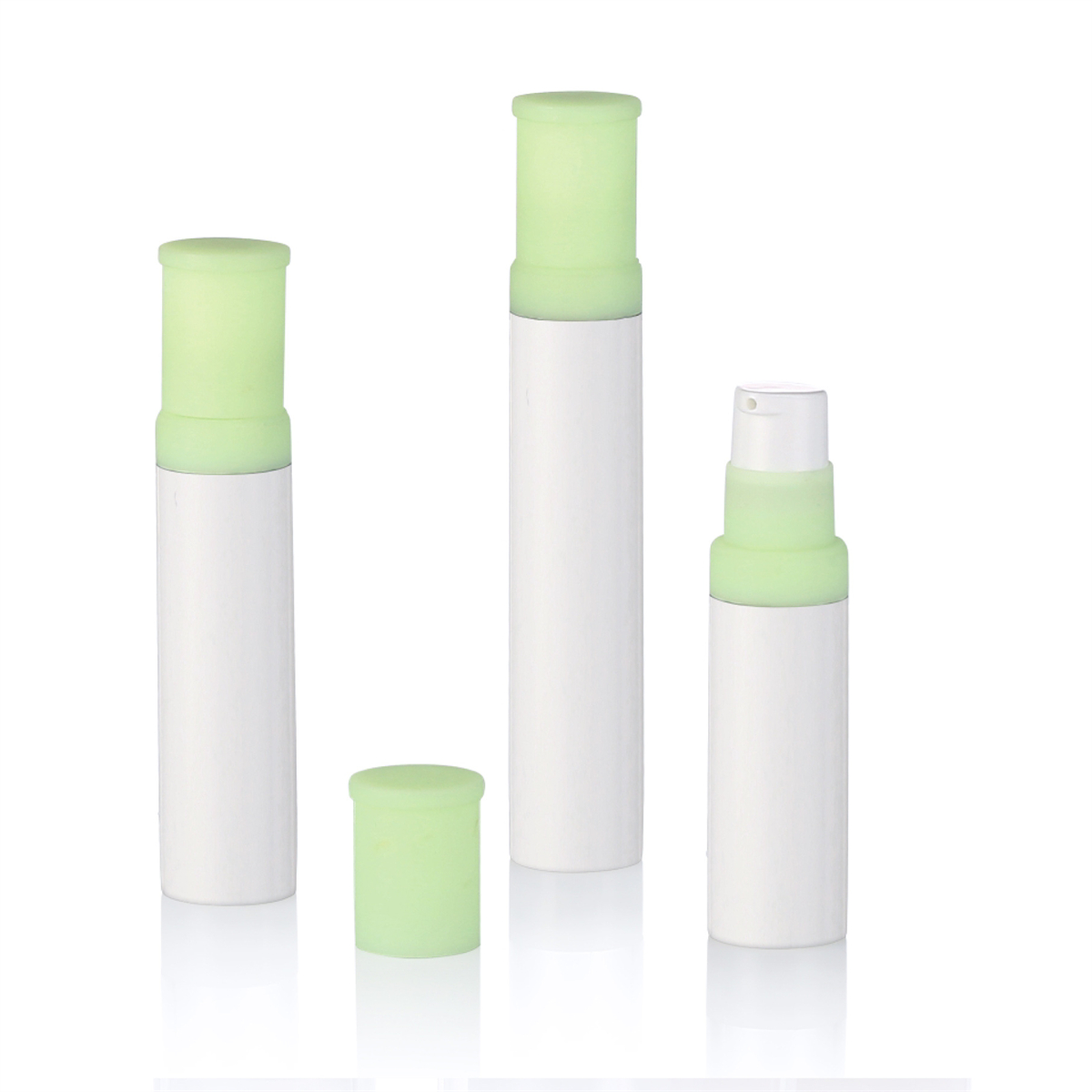
.jpg)
